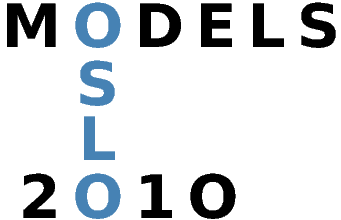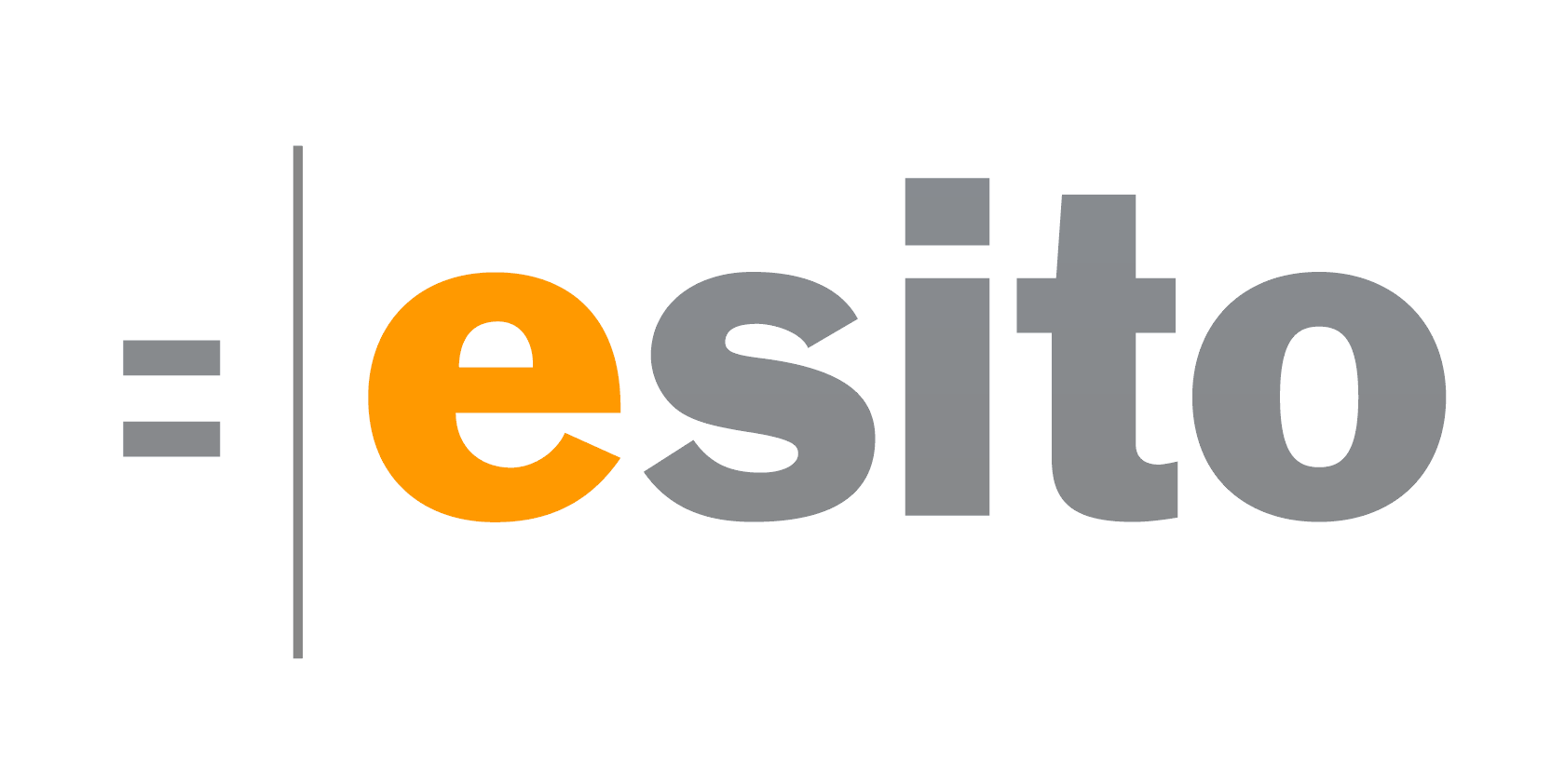




MODELS 2010
is organized by

|
|

|
Silver Sponsors


Trygve Reenskaug
Bio
Trygve Reenskaug is professor emeritus of informatics at the University of Oslo. He has 50 years experience in software engineering R&D for industrial strength SW products. He has extensive teaching and speaking experience including keynotes, talks and tutorials. His firsts include end user programming, structured design, end user programming, and data base oriented architecture (1960); OO applications and role modeling (1973); Model-View-Controller (1979); OOram role modeling method and tool from 1983; and the premier book on role modeling in 1995. He is currently working on a new programming paradigm that separates the code for system state from the code for system behaviour.Models and Reality: Master Program Execution with DCI
There are two interesting aspects of object orientation. One is the program's code structure, it is frozen at compile time and consists of classes and their inheritance structure. The other is the program's runtime structure, it consists of rapidly changing networks of communicating objects. The two structures are largely independent and it is hard to understand the runtime by studying the compile time.The UML specification document defines metaclasses for the compile time structure and for the runtime behavior in separate parts. The introduction to the 'Common Behaviors' part shows four models that are not metamodels, but are used to give an informal illustration of the dynamic semantics of the behavior metaclasses. The elements of these models are classes; I will show that using roles to represent objects helps us clarify what happens at runtime.
The Data-Context-Interaction paradigm (DCI) introduces new abstractions that augment the class abstraction with new abstractions used for specifying system runtime behavior. DCI thus defines the concepts needed to describe networks of communicating objects in the time dimension.
This talk will describe the DCI paradigm in detail, its motivation and its realization in code.
Last updated Monday, 20-Sep-2010 18:20:26 CEST by models2010@ifi.uio.no.
News
- January 24, 2011
The conference proceedings are now available online as Springer LNCS 6394 and 6395. - October 20, 2010
If you were unable to attend, the three keynote presentations are now available. - October 13, 2010
You can now admire the photographs taken during the conference.
Co-located events